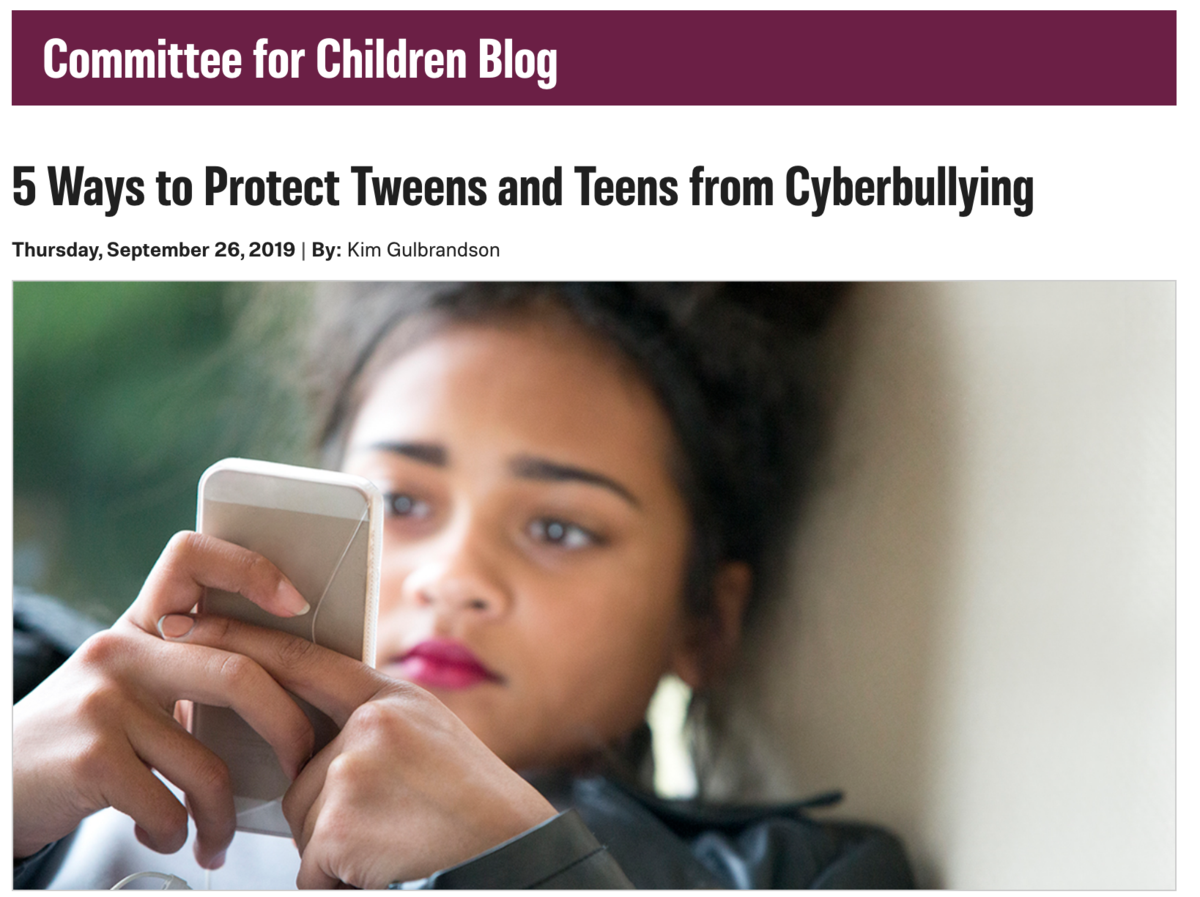-
Resources for Skill Fluency activities:
Resource
Website
Activity Description
Go Math Textbook
District adopted textbook that includes materials for all grade levels. Interactive student edition (Personal Math Trainer) assists students with skill and conceptual understanding through the interactive platform.
Illustrative Mathematics
Standards based resource page that offers tasks for each standard for grades K-12. Breaks down each standard and offers tasks/prompts that can be used to teach/assess students understanding.
The Math Learning Center
NSF funded K-5 curriculum with interactive apps to teach math skills.
National Library of Virtual Manipulatives
Website resources that provide interactive lessons on teaching skills for K-12. Links you to a list specific activities related to a grade level and domain.
NCTM Illuminations
NCTM created resources to help explain concepts and skills interactively through their online platform.
Math Snacks
Website with many activities that help in skill fluency through games or explanation of particular skills.
Prodigy Math Game
Interactive platform that engages students in math skills through gamification. Skills for K-8 are covered as students journey through a story and build up their character.
IXL
Website that reviews and assesses students on skills based content.
Freckle Education (Formerly Frontrow ed)
Skills practice and review for ELA and Math. Addresseses conceptual ideas with focus on skills.
Clothesline Math
Making sense of number sense. Utilizing a physical representation of a number line, students will be able to visualize the physical representation of number in numeric, word, and picture forms.
360 Math
Visual Math. Making math learning visual with students working on problems to figure out the goal. De-front the room and allow all surfaces to be the workspace and for stimulating student discussions about why and how. Click on the link to learn the why, how, and what.
Resources for Conceptual Understanding activities:
Resource
Website
Activity Description
Go Math Textbook
District adopted textbook that includes materials for all grade levels. Interactive student edition (Personal Math Trainer) assists students with skill and conceptual understanding through the interactive platform.
Play With Your Math
Math problems that engage students in math concepts, content, and strategy.
Between 2 Numbers
Activities to promote estimation for number sense. Teachers and students can have a discussion about approximating what would be appropriate guesses for two different things.
Number Talk Images
A collaborative project dedicated to gathering interesting images
to be used as a launching point for Number Talks.
Visual Patterns
Visual pattern activities to promote the concept of patterns and algebraic thinking.
Desmos
Interactive platform that is web based and provides classroom activities addressing algebraic and geometric concepts.
Geogebra
Tools to assist in learning concepts of Geometry.
Open Middle
Think Marcy Cook Tiles. Challenging problems for students to engage in and build perseverance.
When Math Happens
(Three Acts Math)
https://whenmathhappens.com/3-act-math/
Three acts math lessons are meant for students to discover and inquire possible questions and solutions posed to them in picture or video form. Students are encouraged to question and formulate possible approaches to possible solutions with the emphasis on the process.
Clothesline Math
Making sense of number sense. Utilizing a physical representation of a number line, students will be able to visualize the physical representation of number in numeric, word, and picture forms.
Estimation 180
A variation of clothesline and three acts math. Helps students communicate their logic and understanding to situations that are applicable in real life. The goal is for estimation and explanation more than a correct answer.
Would You Rather Math
Offers scenarios for students to pick and justify. The key is for student-led solutions and support to why one may be better than the other.
360 Math
Visual Math. Making math learning visual with students working on problems to figure out the goal. De-front the room and allow all surfaces to be the workspace and for stimulating student discussions about why and how. Click on the link to learn the why, how, and what.

Click the link below to learn more.
Select a School...
Select a School
- Acacia Elementary
- Beechwood School
- Commonwealth Elementary
- Fern Drive Elementary
- Golden Hill School for Creative and Performing Arts
- Hermosa Drive Elementary
- Ladera Vista Junior High School of the Arts
- Laguna Road Elementary
- Maple Elementary
- MyConnect Academy
- Nicolas Junior High
- Orangethorpe Elementary
- Pacific Drive Elementary
- Parks Junior High
- Raymond Elementary
- Richman Elementary
- Fisler School
- Rolling Hills Elementary
- Sunset Lane Elementary
- Valencia Park Elementary
- Woodcrest Elementary

